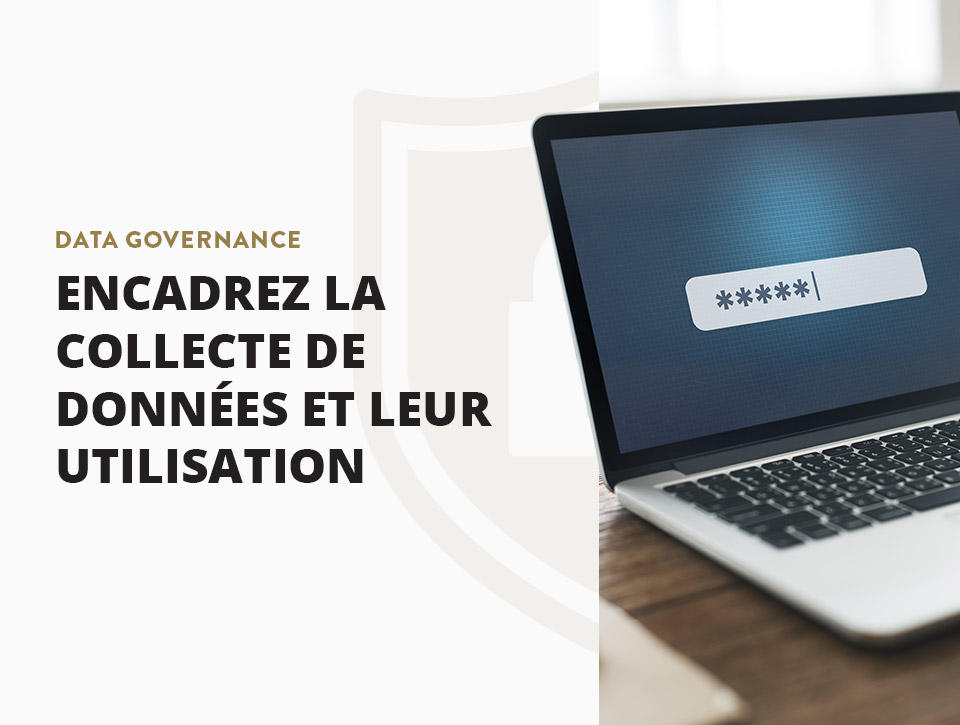You’ve probably already heard of data governance , and if you’re reading this article, you’ll be interested in the subject. We’ll explain what data governance really is and why it’s important, and give you some tips on how to implement it in your organisation.
What is data governance?
Data governance is the set of actions and procedures put in place by a company to control the collection and use of data.
Data governance, therefore, requires a balance between the profitability of the data collected and compliance with regulations, with the aim of gaining the trust of the authorities and customers.
Why is data governance important?
Data governance is effective when data is consistent, reliable and used appropriately while complying with legislation. It is becoming increasingly essential as companies face new privacy regulations and rely more and more on data analysis to optimise operations and drive decisions.
Without effective data governance, inconsistencies in different areas of your organisation could remain unresolved. For example, customer names may be listed differently in sales, logistics and customer service systems. This could complicate data integration efforts and create reliability problems. Furthermore, this kind of misinformation is not always detectable and often goes unnoticed. This can affect the accuracy of your company’s business intelligence, reporting and analysis.
A data governance programme usually results in the development of common data standards and formats that are applied across the organisation, which enhances data consistency for both business operations and compliance.
How do you implement data governance in your organisation?
Firstly, as you will have realised, data governance should not only be applied at just one level of your organisation but across the board. Keeping this in mind will be critical.
You will need to identify the owners or managers of the different data assets in your organisation. They will need to participate in the governance programme or share the data with others who will be designated for this task.
A process will then be established to define who will be responsible for managing the various data-related issues such as:
- setting up a system to secure the company’s and its customers’ data
- consolidating data to facilitate decision-making,
- or maximising the potential of the data collected in terms of financial gain but also productivity and efficiency.
Access to the data will therefore be open to one or more people. But be careful to always minimise the risk of errors by managing the various authorisations and specifying the responsibilities of each person.
We also advise you to make a regular copy of the data, called a backup, in case of loss or problems.
Finally, don’t forget that one of the major challenges of data governance is to give value to data. To do this, a centralised approach that brings together the different sources of collection is the key to success.
It’s up to you!
In summary, data governance can help you to comply with legislation but also put in place an internal framework with the aim of optimising the use of data. It should therefore not be seen as a constraint but as a practice that opens up new economic opportunities.
Do not wait any longer to implement this practice in your business!
Your digital partner since 1999



